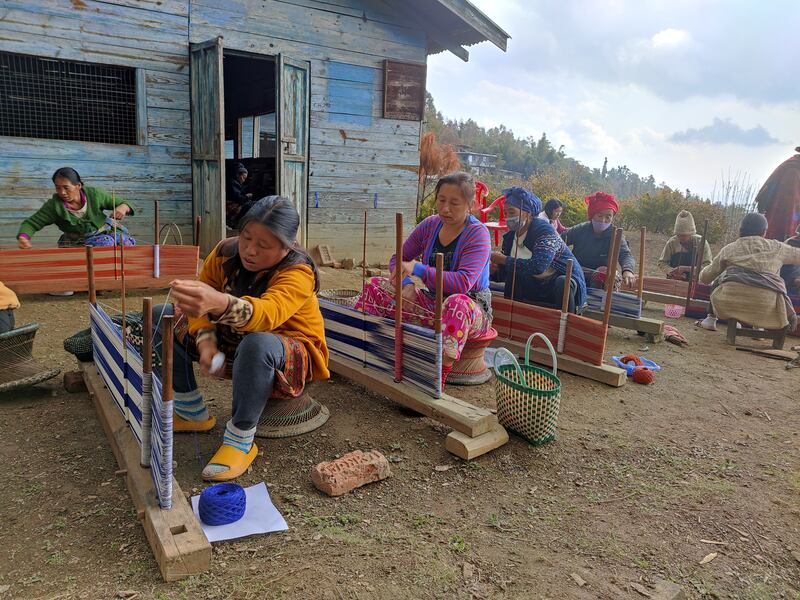The textile industry is a vibrant part of India’s rich heritage. However, while the sari is enjoying something of a modern makeover in some cities, several handmade textiles are waning for reasons such as industrial competition, consumer preferences for global fashion and lack of interest from younger generations of artisans.
Alongside some government projects to sustain endangered fabrics, regional techniques and national costumes, independent groups and individuals are attempting to revive various indigenous textile traditions. Here are three to know.
Mekhala sarongs, Nagaland

Theyie Keditsu, 42, has been wearing mekhalas — colourful, handwoven sarongs sported by Naga women — to church since she was 18. She inherited a passion for Naga textiles from her mother, but her interest turned serious when the owner of an established Kohima textile shop told Keditsu that fewer and fewer young women were visiting, and this waning interest would discourage weavers from creating the fabrics.
Galvanised by the conversation, Keditsu started @MekhalaMama in 2017 to change perceptions of these textiles, showcasing them as daily wear with fun and eclectic styling.
The Instagram page features Keditsu with the patterned weaves swept around her in vibrant colours and varying lengths. The images are accompanied by detailed posts about a particular mekhala or the story behind how Keditsu came to acquire it.
For example, for an International Women’s Day event she wore a black-and-white striped mekhala designed by women from the village of Chizami, to honour six achievers among them. This was represented in six diamond-patterned rows at the fabric’s selvedge. To represent Nagaland at a conference, she wore a striking maroon-and-white Angami (named after a Naga ethnic group), which at once conveyed her identity and the skill of the state’s female weavers.
“I want to convince women to invest in our textiles, not only as costumes or outfits for cultural occasions but also as valued items in their wardrobes and repositories of our rich heritage,” says Keditsu, an author, educator and poet who lives in the north-east Indian state of Nagaland.
She explains that weaving in Naga culture is traditionally done on a backstrap loom, which is not ideal for mass production. “To scale up this mode of production would disrupt its essence, which gives our textiles their value,” says Keditsu. For this reason, she hopes to convince weavers and stakeholders to position these textiles as luxury items.
Combating perceptions of traditional fabrics as old-fashioned is another issue Keditsu faces, with many Nagas now favouring western fashion over indigenous textiles. She counters this by demonstrating the contemporary fashion value of mekhalas, styling them with boots, leather jackets, men’s shirts, corsets and quirky tights.
“These textiles last longer than fast-fashion items and are both timeless and fashionable. Most of my mekhalas belong to my mother and grandmothers,” she says.
Toda embroidery, Tamil Nadu
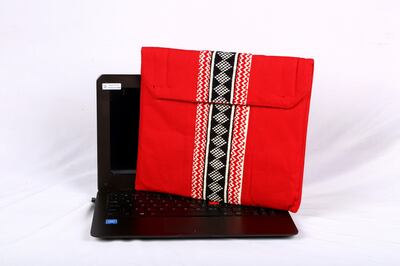
More than 3,500km away from Nagaland, the Todas, an indigenous community considered to be the earliest inhabitants of the Nilgiri Hills in the South Indian state of Tamil Nadu, have a distinctive embroidery tradition. This is most notably seen in striking shawls in red and black on a white background, worn for ceremonies, festivals and ultimately as shrouds.
Practised exclusively by Toda women, the embroidery is done freehand with no tracing or outlines. The reversible fabric, made using woollen thread on a cotton base, is also notable for the darning stitch done from the back of the cloth.
Despite the embroidery having a Geographical Indication tag, sustaining the tradition has been a challenge as the Toda tribe dwindles in population, even as its youth move away for more lucrative job opportunities and cheaper machine-made imitations become more widely available.
Shalom Ooty is a social enterprise that has teamed up with Toda women since 2005 to market and sell their embroidery. “We help make their unique embroidery into marketable products, buying fabric and items on which they embroider, including saris, table linen and Christmas decorations,” says founder Sheela Powell.
Powell recalls her surprise at finding a Toda-embroidery sari online for only 2,000 Indian rupees ($24). “I ordered it to check its authenticity but found it was machine-made, the reverse side had a strip of cloth covering the threads. Genuine Toda hand-embroidery involves painstaking work and skill, and a sari costs about Rs15,000.”
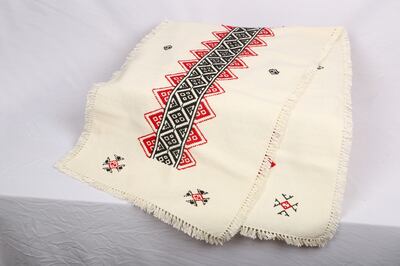
At present, about 250 Toda women sell their embroidery — on everything from laptop holders and handbags to saris — through Shalom Ooty, earning up to Rs4,000 a week.
Even so, Powell is uncertain if these efforts are adequate. “If the younger Toda generation continues to be disinterested in creating the embroidery, then I fear it will die out within a decade,” says Powell, adding that teaching this embroidery beyond the community may be the only way for it to be sustained.
Kunbi sari, Goa
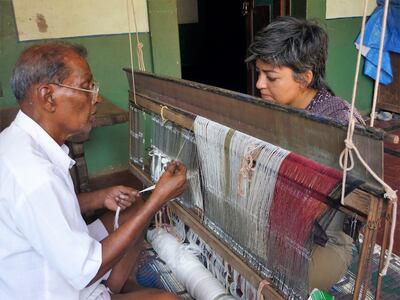
The tourist hotspot of Goa was a hub for the Kunbi sari, a handwoven checkered-patterned cotton sari with a dobby border (a silken flat inset). Worn by the Kunbi and Gawda communities, considered some of the oldest inhabitants of Goa, the sturdy garment was well-suited for work in the fields.
Its decline began during Portuguese rule from the mid-19th century when dressing styles changed and indigenous traditions became diluted. In 2009, textile designer Poonam Pandit worked with late Goan fashion designer Wendell Rodricks to revive the weaving of this garment.
In her quest to galvanise existing weavers, Pandit came upon Baburao Babaji Tilve, known as Kaka, an elderly weaver. Though familiar with the kunbi sari, he was only weaving men’s loincloths — red-and-white-checked kushtis and the white valo — at the time.
“After months of observing and documenting Kaka’s work, he agreed to weave a line of saris with design guidance from Wendell and me,” says Pandit. This collaboration resulted in a contemporary collection of kunbi saris by Rodricks, with the project later handed over to the Goa College of Home Science.
Rodericks passed away in 2020 but his Kunbi saris are available through his brand. Pandit continued her work with Kaka, founding Kalakar Design in 2011, using Goan handloom techniques and designs for contemporary scarves and fabrics.
Pandit balances the traditional and modern through Kalakar, honouring the integrity of the Goan handloom tradition while creating contemporary designs in colour palettes such as ivory and beige and a fun series using neon threads. “We use the same count and construct of the traditional weave and create our products on the old looms,” she says.
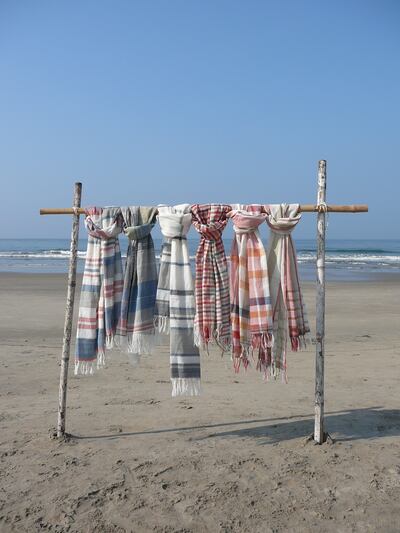
While she is currently working on another textile project and Kaka no longer weaves due to health reasons, Pandit intends to expand into handwoven kunbi saris and garments soon, with Kaka’s sons at the loom.
All three entrepreneurs agree that a decline in these textile traditions will obscure the history and cultural identity they embody, ultimately diluting India’s rich heritage. However, they are not giving up hope. Sharing her optimism, Keditsu says @MekhalaMama’s following has grown to 30,000. Many shops now stock fabrics from demand directed from her account.
“Buying even one mekhala can help our women weavers send a child to school. I'm told that I'm an ‘influencer’. If that means more women are investing in and wearing mekhalas because of my account, it is a tag I gladly accept.”
